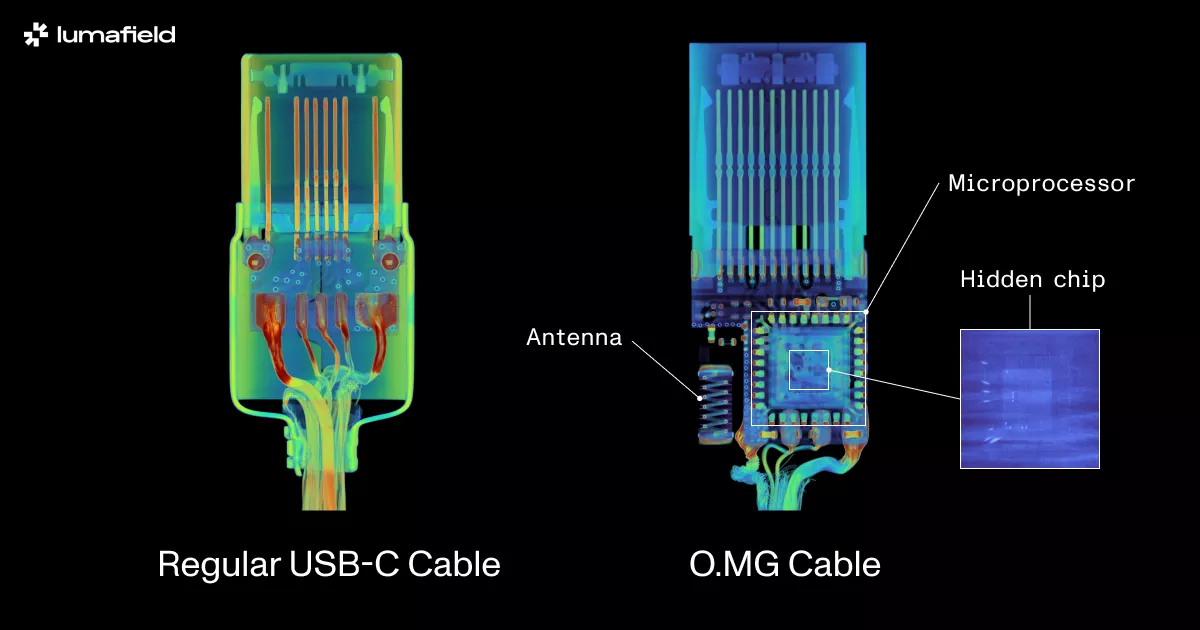TL;DR: USB-C assist on the most recent iPhones offers customers one much less proprietary cable to fret about, nonetheless, it may additionally pave the way in which for future safety vulnerabilities. Though no hacking incidents concentrating on the gadget’s USB-C controller have been reported but, early analysis means that accessing the controller’s firmware and executing code is technically possible.
Safety researcher Thomas Roth just lately uncovered a number of vulnerabilities in Apple’s ACE3 USB-C controller for the iPhone 15 and 16. Though no fast motion is required from customers, and these vulnerabilities do not have an effect on Android units, Roth’s findings underscore the potential of future assault strategies being developed.
On the thirty eighth Chaos Communication Congress in Hamburg final month, Roth demonstrated two superior strategies – side-channel evaluation and electromagnetic fault injection – on Apple’s USB-C controller. Notably, he efficiently dumped the firmware.
Whereas extracting the firmware alone will not straight allow cyberattacks, it offers malicious actors with a chance to research the code, determine vulnerabilities, and probably develop malware to take advantage of them. Apple has opted to not take motion at the moment, citing the complexity of Roth’s strategies. Nevertheless, if attackers use the dumped firmware as a basis for locating safety flaws, the corporate could also be pressured to reply.
One potential response may contain revising the {hardware} in future iPhone fashions. Any rising points would doubtless influence iPhones anticipated within the subsequent few years, together with the rumored iPhone SE 4, which is predicted to debut this March, and the iPhone 17 household anticipated later this yr. Extra radical {hardware} revisions, such because the long-rumored foldable iPhone, may embrace enhanced safety measures to deal with such dangers.
Apple was pressured so as to add USB-C assist on the iPhone to adjust to current European laws mandating all cell units to incorporate USB-C charging ports. Formal standardization advantages customers by eliminating the necessity for proprietary cables, although on this occasion it could possibly be argued it is opened the door to new safety challenges for Apple to concentrate to.
New X-ray scanning strategies have revealed that USB-C cables may comprise a shocking quantity of hidden {hardware}. Cables produced by disreputable producers could possibly be used to distribute malware or steal knowledge, and distinguishing these from reliable cables would possibly require superior instruments that common customers do not need. Exposing the firmware for Apple’s USB-C controller may facilitate related assaults sooner or later.

Nevertheless, there’s a silver lining. Dumping the firmware has additionally produced optimistic outcomes. Unbiased restore specialists have already used Roth’s analysis to achieve helpful insights into diagnosing and repairing Macs.
Apple and different tech firms have confronted criticism up to now for obstructing person or third-party restore efforts, usually requiring clients to pay exorbitant charges for approved service. Roth’s findings may assist shift the steadiness towards higher repairability and transparency.



